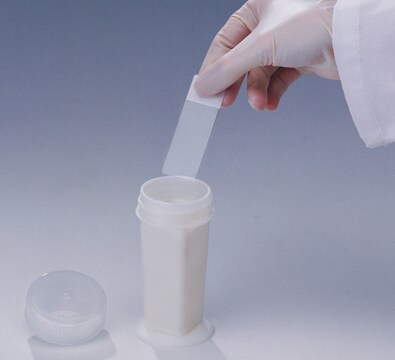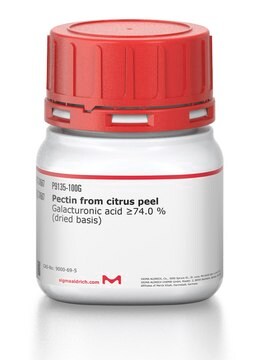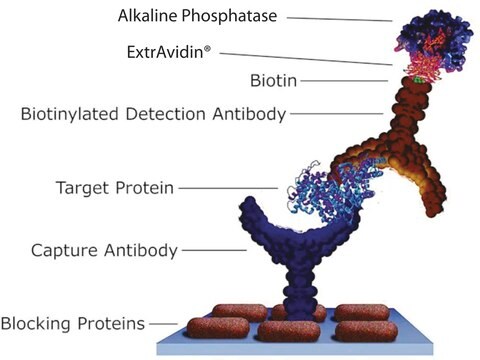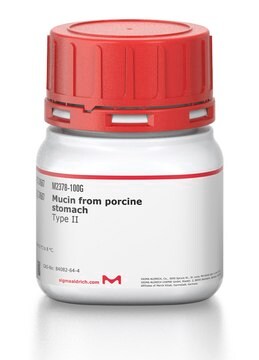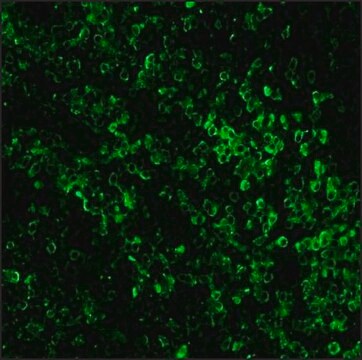05-2650
Chloral hydrate
SAJ special grade, ≥99.7%
Sinónimos:
Trichloroacetaldehyde hydrate
About This Item
Productos recomendados
grade
SAJ special grade
assay
≥99.7%
availability
available only in Japan
mp
57 °C (lit.)
SMILES string
OC(O)C(Cl)(Cl)Cl
InChI
1S/C2H3Cl3O2/c3-2(4,5)1(6)7/h1,6-7H
InChI key
RNFNDJAIBTYOQL-UHFFFAOYSA-N
¿Está buscando productos similares? Visita Guía de comparación de productos
signalword
Danger
hcodes
Hazard Classifications
Acute Tox. 3 Oral - Eye Irrit. 2 - Skin Irrit. 2
Storage Class
6.1A - Combustible, acute toxic Cat. 1 and 2 / very toxic hazardous materials
wgk_germany
WGK 2
flash_point_f
Not applicable
flash_point_c
Not applicable
ppe
Eyeshields, Faceshields, Gloves, type P2 (EN 143) respirator cartridges
Certificados de análisis (COA)
Busque Certificados de análisis (COA) introduciendo el número de lote del producto. Los números de lote se encuentran en la etiqueta del producto después de las palabras «Lot» o «Batch»
¿Ya tiene este producto?
Encuentre la documentación para los productos que ha comprado recientemente en la Biblioteca de documentos.
Nuestro equipo de científicos tiene experiencia en todas las áreas de investigación: Ciencias de la vida, Ciencia de los materiales, Síntesis química, Cromatografía, Analítica y muchas otras.
Póngase en contacto con el Servicio técnico
